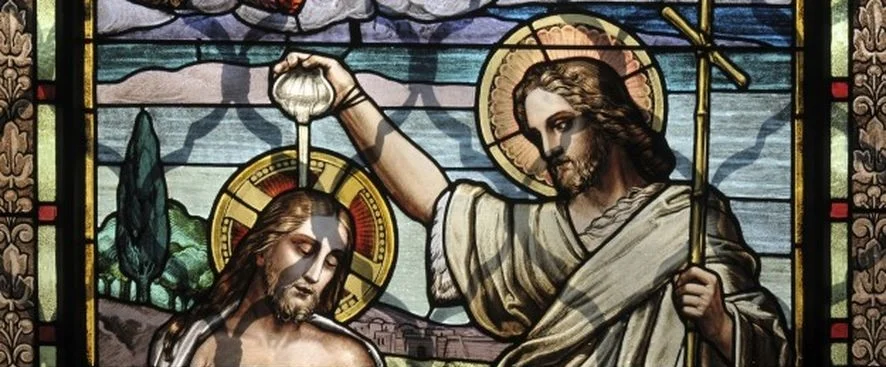The Risen Gardener (Ben Stewart)
Each of the four Gospels’ depictions of the first encounter with the resurrected Christ suggests a different lens for perceiving the risen one. In Matthew, Christ’s resurrection looks like a theophany—earthquake and blazing light—and Christ appears suddenly and vividly to disciples on the run and on the mountain. In Luke, the risen Christ is first encountered as a peripatetic teacher and finally recognized in the breaking of bread. Mark apparently included no straightforward account of the risen Christ at all.
And in the Gospel of John, Christ rises from the ground in a springtime garden—and in the resurrection, he is first identified as a gardener.
The springtime symbolism of Easter has been trivialized by cartoonish Easter grass, bunnies and butterflies. But early Christian interpretations of Easter drew deeply on springtime imagery, picturing humans as being caught up in a new, redemptive and unending form of springtime renewal. Especially in the tradition of Easter baptism, the church saw itself becoming a springtime garden of the new creation cultivated by Christ:
- “You were dry,“ Ambrose of Milan preaches to the newly baptized, “and you began to flower again in the abundant waters of the font.”
- Many early sources state that baptismal candidates face east at the font, in order to turn in the direction of Eden.
- Cyril of Alexandria teaches that springtime is “a canvas” on which “the great work of Christ” is painted.
- John’s Jesus encourages his followers to think of his burial as a seed planted in the ground: “Unless a grain of wheat falls into the earth and dies, it remains just a single grain; but if it dies, it bears much fruit.”
- Robin Jensen describes early baptismal fonts as richly decorated with “birds, animals, flowers, fruit-bearing trees, fish, flowing rivers, and splashing fountains.”
- Cyril of Jerusalem interprets the nakedness of baptism as appropriate for Eden: “Marvelous! You were naked in the sight of all and not ashamed! Truly you bore the image of the first-formed Adam, who was naked in the garden and was not ashamed.”
To us in our age of ecological peril, John portrays the power of the risen Christ as seed and gardener for a new creation growing in a graveyard. How will Christians this year understand what happens on Easter as it relates to the threatened life of the earth?
###
Read the original version of this article on ChristianCentury.org.






